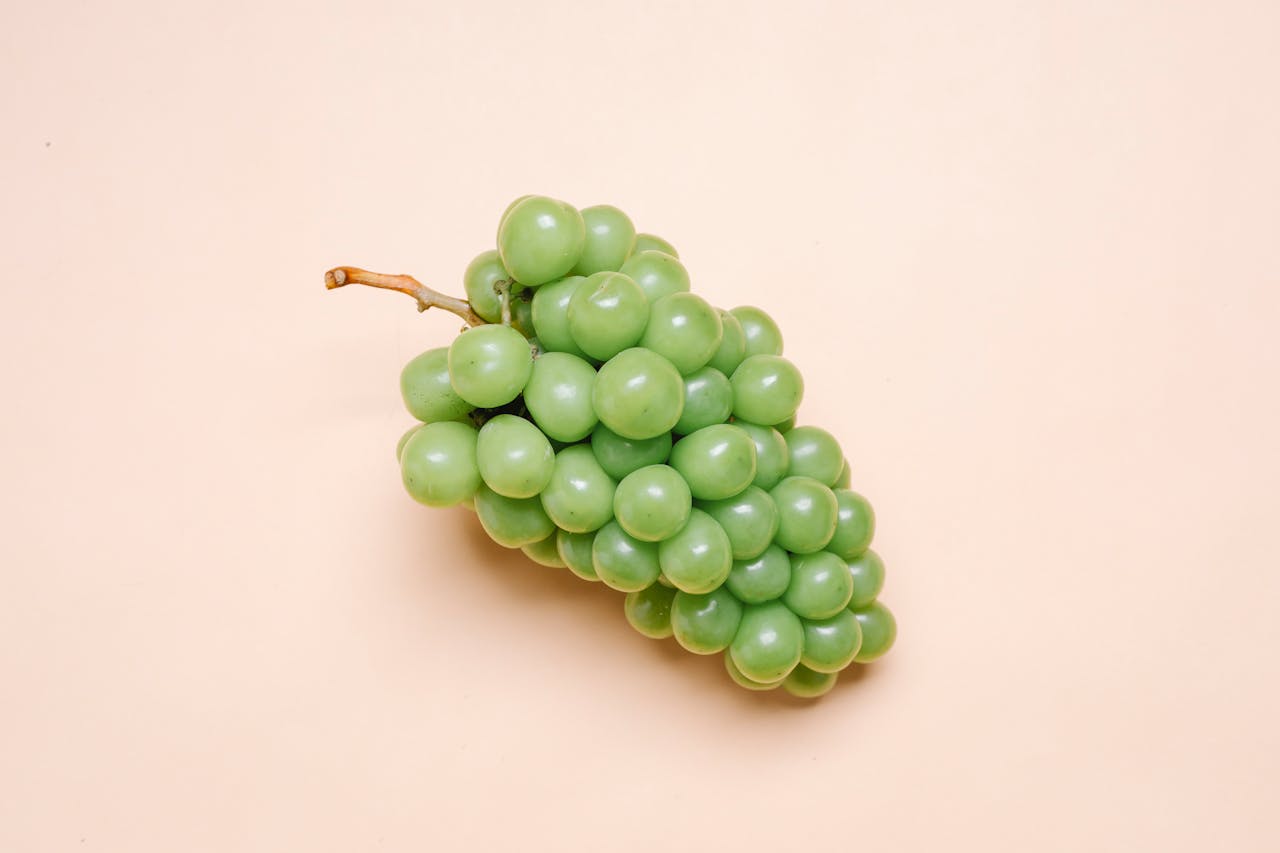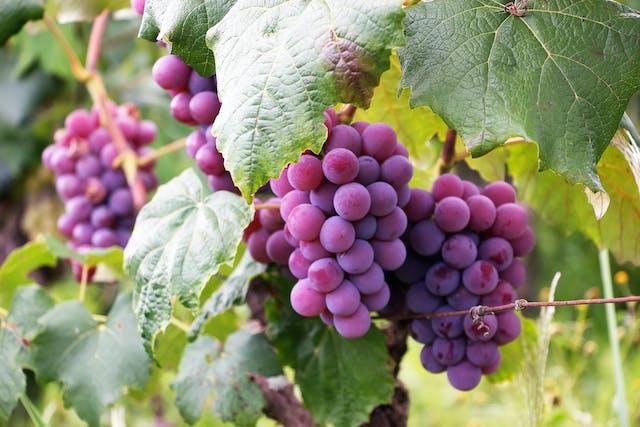Comments
- No comments found

As any grower will tell you, grape cultivation is a delicate and intricate process.
It certainly requires careful attention and management. And in water-scarce environments, the challenge becomes even more pronounced.

Unfortunately, with climate change, water scarcity is a growing problem.
In this article, we will explore:
The impact of water scarcity.
The importance of water management.
Technology that can help with water efficiency.
Types of grapes to select.
Preparation and irrigation techniques.
Factors such as climate change, population growth, and increased water demand for various purposes have contributed to this problem. In water-scarce environments, grape growers face the daunting task of providing adequate water to their crops while ensuring efficient water usage. The limited availability of water can lead to:
Reduced grape yield.
Stunted growth
Poor fruit quality.
Higher growth costs.
Water management plays a crucial role in maximizing grape yield in water-scarce environments. Proper water management involves understanding the water needs of grapevines, monitoring soil moisture levels, and implementing efficient irrigation systems. By ensuring that grapevines receive the right amount of water at the right time, growers can promote healthy growth, enhance fruit quality, and ultimately increase yield.
A great way to enhance water management is to use technology like the Lumo irrigation software and hardware. The company is based out of California’s wine growing region. That’s why it has an intimate understanding of the preciousness of water.
Some benefits of using this advanced system includes:
Eliminate costs by automating up to 90% of your current irrigation labor.
Monitor your irrigation in real time for maximum efficiency.
Work with their support team to ensure your irrigations perform flawlessly.
Deliver the exact amount of water by specifying a target volume by block or zone.
Certain grape varieties have inherent characteristics that make them more tolerant to water scarcity and better suited for cultivation in arid or semi-arid regions. By choosing the right grape varieties, growers can increase their chances of success and achieve optimal yields.
When selecting grape varieties for water-scarce environments, it is important to consider their drought tolerance, water requirements, and adaptability to local climatic conditions. Some grape varieties, such as Tempranillo and Grenache, are known for their ability to thrive in dry conditions and produce high-quality grapes. These varieties have developed mechanisms to cope with water scarcity, such as deep root systems and thick skins that reduce water loss through transpiration.
In addition to drought tolerance, other factors to consider when selecting grape varieties include disease resistance, yield potential, and market demand.
One effective soil preparation technique for water conservation is the addition of organic matter, such as compost or well-rotted manure. Organic matter improves soil structure, enhances water-holding capacity, and promotes the development of a healthy root system. Incorporating organic matter into the soil before planting grapevines can significantly improve water retention and reduce the need for frequent irrigation.
Another important aspect of soil preparation is ensuring proper drainage. Poorly drained soils can lead to waterlogging, which can be detrimental to grapevines. Implementing drainage systems, such as tile drains or contouring the land to redirect water flow, can help prevent waterlogging and ensure that excess water is efficiently drained away from the grapevines.
In water-scarce environments, safeguarding grape crops from pests and diseases is a critical challenge. Water scarcity heightens the vulnerability of grapevines to infestations and infections, making effective control measures essential. Regular monitoring, like keeping a watchful eye on grapevines for signs of trouble, is a key step in catching issues early.
Ensuring grape growers implement effective control measures isn’t just about protecting crops; it’s a way to minimize risks and maximize grape yields in environments where water is scarce.
Leave your comments
Post comment as a guest